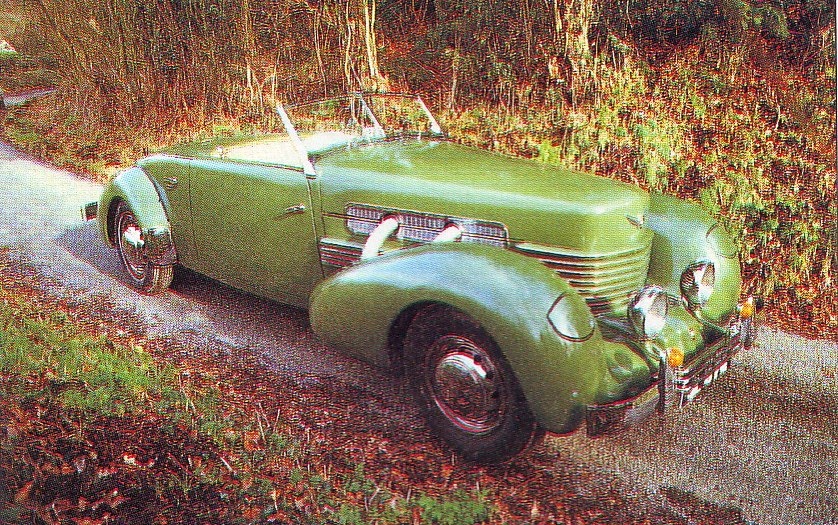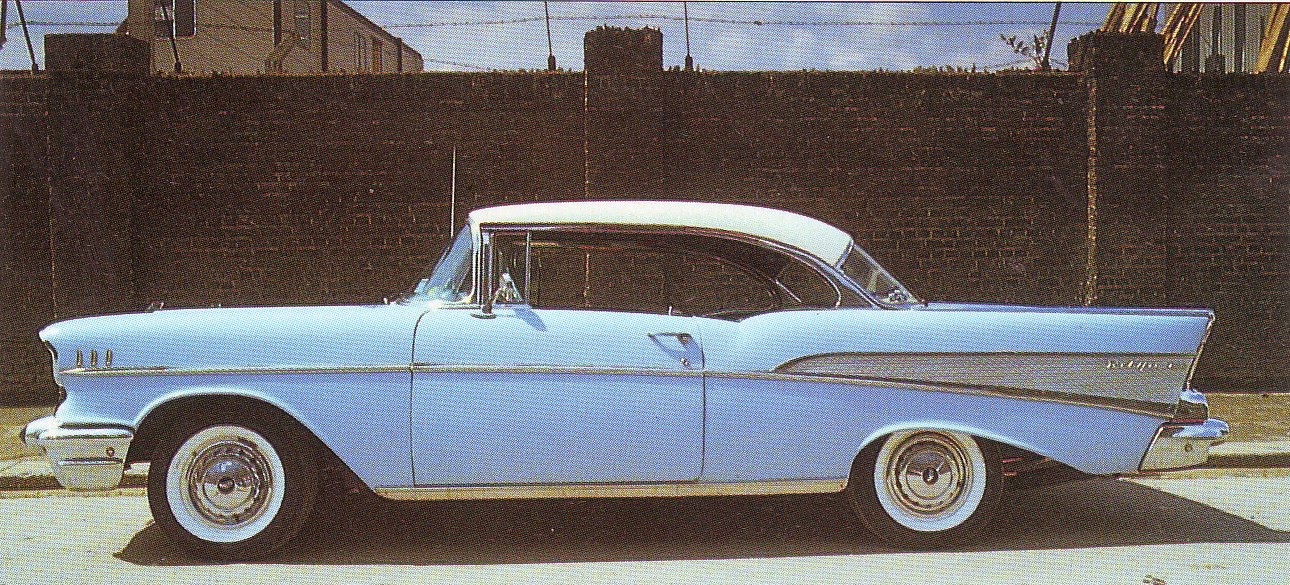ABOVE : Cord's 810 used a super-charged V8 Lycoming engine with revolutionary front-wheel drive.
TECHNOLOGY FILTERS DOWN
Excellence began with high-class cars such as the Rolls-Royce and Bentley. Steadily, the technology filtered down to such humble transport as the Austin Seven. By the start of the Second World War, bodies were generally made of steel, sat on a separate chassis, and there were brakes all round. Jaguar brought disc brakes to the world's notice at Le Mans in 1953; five years later they appeared on Jaguar's road cars and soon every maker used them.
REFINEMENT FOLLOWS
Four-wheel drive, with anti-lock brakes, was pioneered by Ferguson Formula. It first appeared in a passenger car on the Jensen FF of 1966, along with Dunlop Maxaret anti-lock brakes derived from aircraft technology. It was expensive and complex - only 320 were built.
ABOVE : The Lancia Aprillia was a ground-breaking saloon of the mid-1930's.
Overhead camshafts allowed more direct operation of valves and a better combustion-chamber shape. They were used on specialist racing cars such as the Alfa Romeo and Bugatti from the 20's onwards and were introduced to the mainstream in the straight-six XK engine in the 120 of 1948. Soon, makers realised they could run double overhead camshafts and multi-valve layouts.
Self-leveling was a standard feature of the futuristic DS launched in 1955 by Citroën. Even the cheaper 2CV had a modicum of leveling, because front and rear suspension were inter-connected by springs. The British Motor Corporation (BMC) 1100 and 1800 of the 60's - and Minis of the period - are inter-connected hydraulically. Self-leveling was used at the tail-end of the Range Rover from its launch in 1970.
ABOVE : The revolutionary Mini, a masterpiece of packaging.
Front-wheel drive used by BSA, Cord and Citroën since the 30's, did not hit the mainstream until the Mini appeared in 1959. While scorned by purists, this layout makes for safe, predictable handling and better packaging - more interior room for a given size - than rear-driven counterparts.
All the while, chassis improvements and tyre technology shadowed each other: Citroën's Traction-avant was the first car to use radial tyres, the narrow and distinctively treaded Michelin X.
ABOVE : A 1956 Chevy: crude - but comfortable and well-equipped.
AMERICA THINKS BIG
In America, spacious cars with powerful, six- and eight-cylinder engines were common, even before the war. Makers loaded cars with every device to take the work out of driving: automatic transmission, power steering, power brakes, air conditioning, self-dipping headlamps. Engines, generally under-stressed by large capacity, show-cased maintenance-free features such as hydraulic tappets (initially used for quietness).
- Extracted from 'The World Encyclopedia of Cars' by Martin Buckley and Chris Rees
.










0 comments